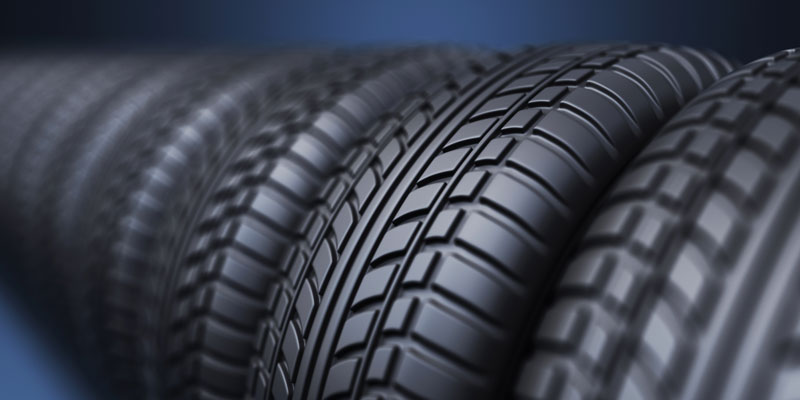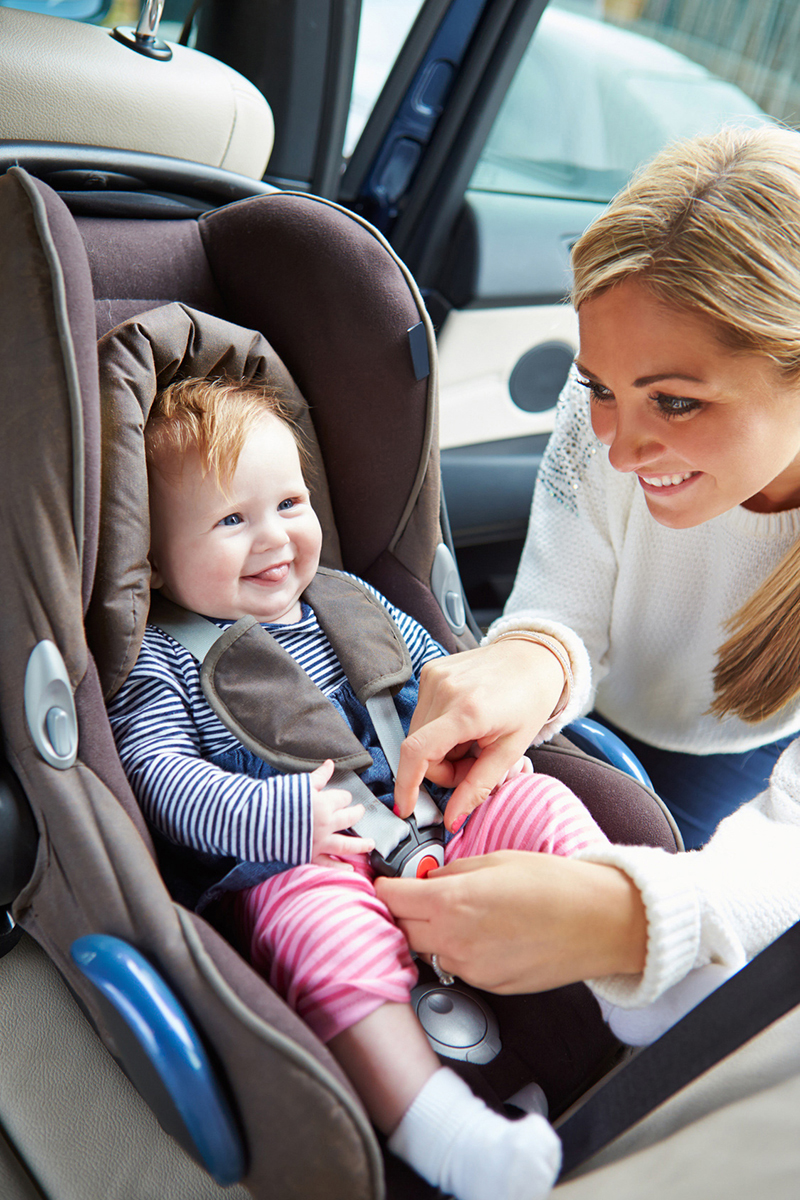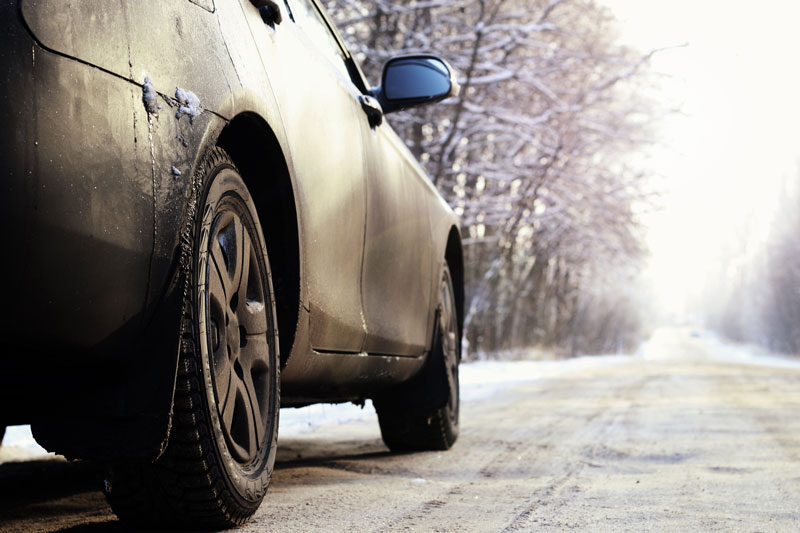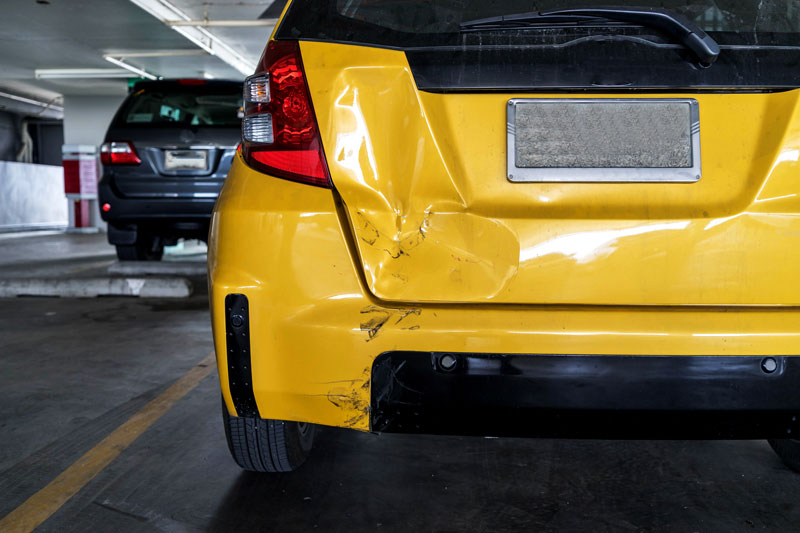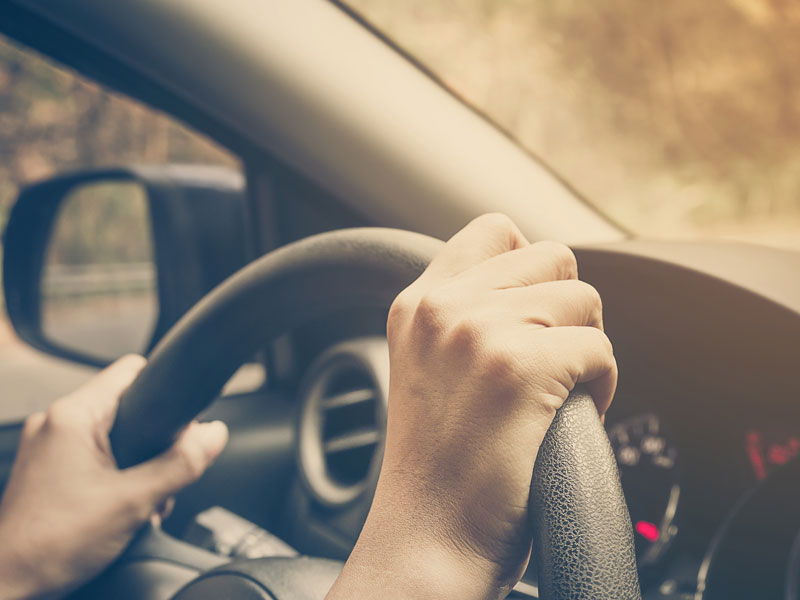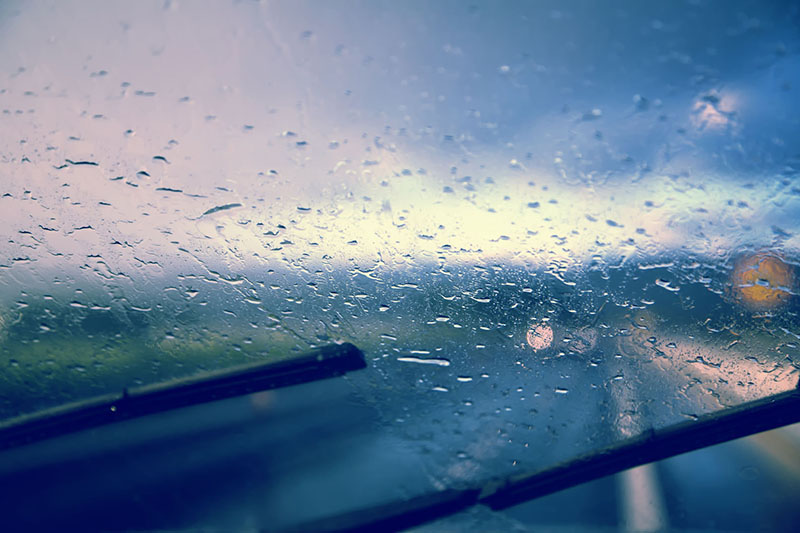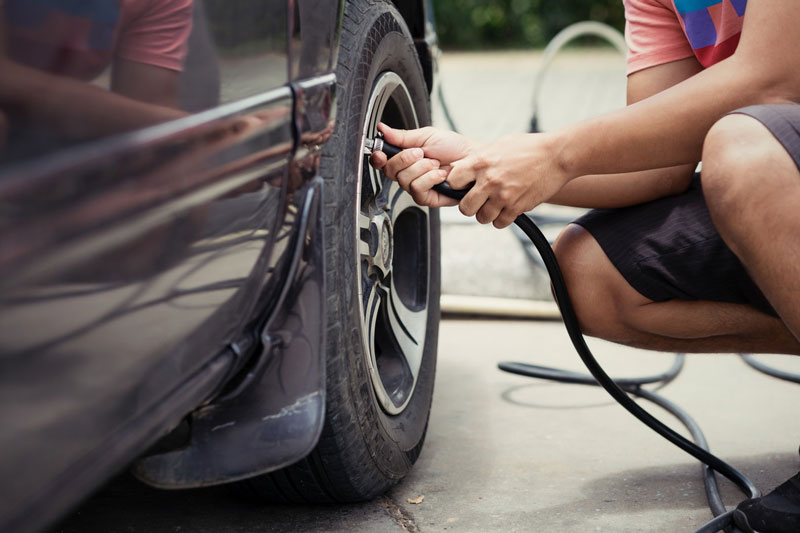
Tread carefully! Here’s what to teach your kids about keeping tires safe.
While Driver’s Ed classes do much in the way of teaching your teen how to drive safely, it tends to neglect the very real side of being a motorist – car maintenance. Many teen drivers today don’t know where to begin when it comes to checking the safety of their vehicle, but they can drive impeccably. To help your child feel confident on the roads, teach them about the importance of tires!
Pressure
A car’s tire pressure constantly fluctuates, but it’s important that they are at the right psi (pounds per square inch). The sticker in the doorjamb will list the manufacturer’s recommended limits for tires, but it’ll be up to you to inform and instruct your child on how to check and top up the pressure. Maintaining good tire pressure can improve the fuel economy and safety for drivers of all ages.
Tread
The traction that the tires maintain with the road is vital to road safety, especially in adverse weather conditions. When tires age and wear, their tread decreases, making for slick tires that could be dangerous. It’s easy enough to grab a penny or buy a tire check kit – but teach your children why it’s important and what to do if the tread is flat. It can be extremely dangerous to drive with bald tires, so getting them replaced before they reach the red is imperative.
Flat
Getting a flat tire is all part of life. Even for the safest of drivers. Make sure that your teen knows how to change a flat tire roadside so that they are prepared.
Part of keeping your teenager safe on the road is insuring them with reliable coverage. Visit All Nevada Insurance today to secure auto insurance for your teen driver. We serve Las Vegas and beyond!
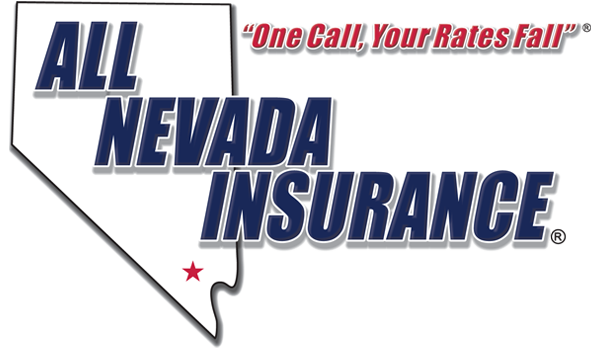

 Our Locations
Our Locations

